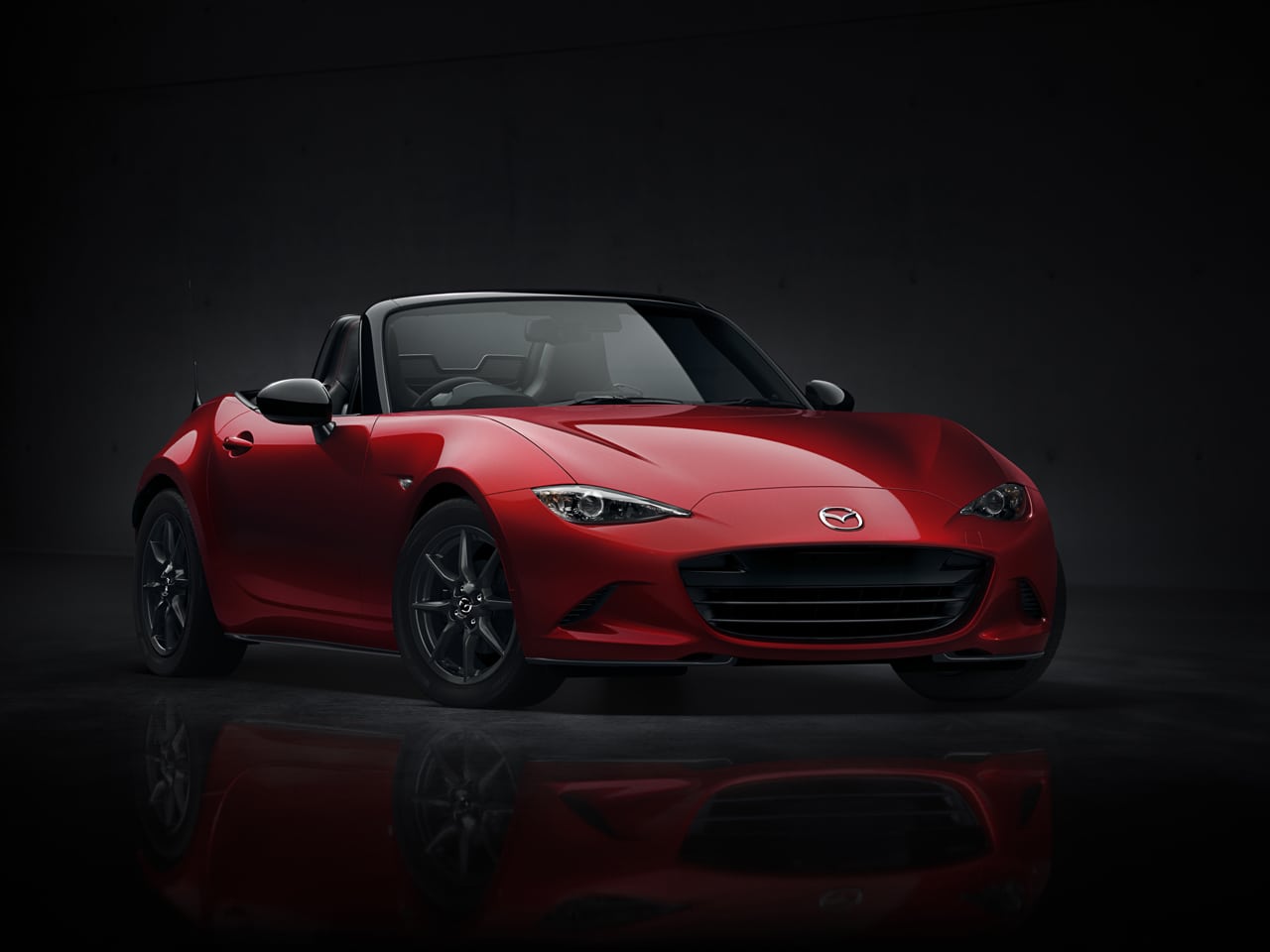Cars have changed a lot in the past few years, especially in regards to safety. So if it’s been a while since you last bought one, and you plan on visiting a car dealership soon, brace yourself. The moment you walk through the door, you’ll hear features like Brake Assist, Departure Lane Warning and Blind Spot Detection being thrown around. What do they mean? And how do they affect your safety? More importantly, should the car you buy have them? Yes, it should.
And beside them, also pick the following features for maximum safety:
1: Traction and Stability Control
When one wheel or more loses traction on an icy or a wet road, your car skids out of control. But not if it has traction control, which brakes the spinning wheels, as well as stability control, which keeps the car on its intended path.
2: Anti-Lock Braking with Brake Assist
Anti-lock brakes, which stop the wheels from locking and the car from skidding, are no longer enough. Also look for brake assist. In an emergency stop, it kicks in and brakes the car harder than you would, without locking the wheels.
3: Adaptive Cruise Control
With cruise control engaged, cars maintain a constant speed but can crash into the car in front if it brakes. For that reason, get adaptive cruise control instead. By autonomously engaging the brakes when necessary, it maintains a constant distance between cars.
4: Lane Departure Warning and Keeping
How can you stay in your lane even after nodding off or getting distracted while driving? Get a car with a Lane Departure Warning and a Lane Keeping system. While the first beeps and vibrates the steering wheel to get your attention, the second steer the car back to its lane.
5: Collision Warning with Pedestrian Detection
The sensors used by the adaptive cruise control system have another purpose – collision warning and pedestrian detection. Anytime you get too close to an object blocking your path – be it another car, a tree, or even a pedestrian – they immediately slow or stop the car.
6: Adaptive Head Rests
The force of being rear-ended by another car usually snaps your head back like a whip. And without enough support from headrests, your neck and head sustain severe injuries. Although fixed ones get the job done, go for adaptive ones instead. During a crash, they automatically move to the best position, further reducing the risk of injury.
7: Reverse Camera with Parking Assist and Blind Spot Detection
According to East London’s Finest, a driving school in East London, you must spot hazards early and avoid them if you’re to become a competent driver. But that is a hard thing to do, especially when the hazards approach from your rear. So make sure to get a car with a reverse camera. And if possible, get parking assist and blind spot detection as well, which detect objects or cars hidden in your rear blind spot.
8: Airbags
Although front airbags are standard equipment, side and curtain airbags often come as an option, depending on the car you buy. But as a precaution, pick one that comes with all of them at both the front and the back.
9: Tire-Pressure Monitors
Located in each wheel, they monitor the tire pressure and alert you when a wheel deflates. This way, you change tires before they blowout at high speeds, forcing you to lose control of the car.
10: Seat Belt Reminders
All the above safety features are of no use to you, if you forget to strap on a seat belt, especially when you’re in a hurry. As a result, pick a car with a seat belt reminder.
Modern cars come with many safety features, which only seem to increase by the day. And to complicate matters further, manufacturers offer some features as standard and others as an option. So, which one do you go for and which one do you leave? Go for as many as you can afford, for as far as road safety goes, you can never be too cautious.







